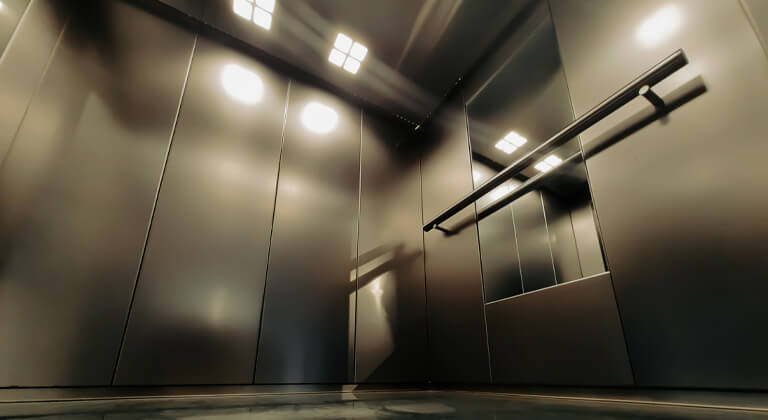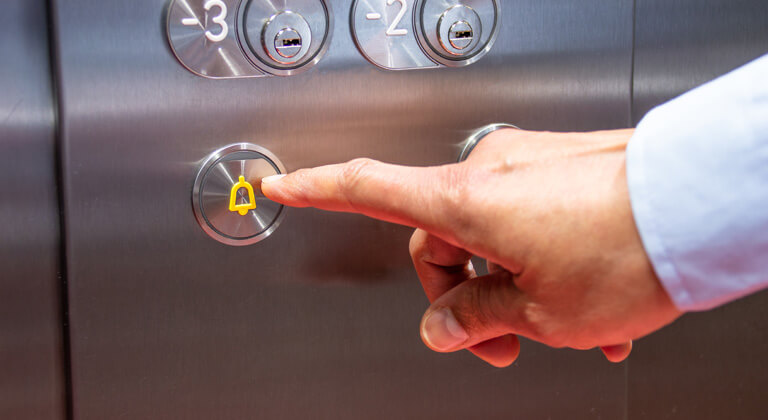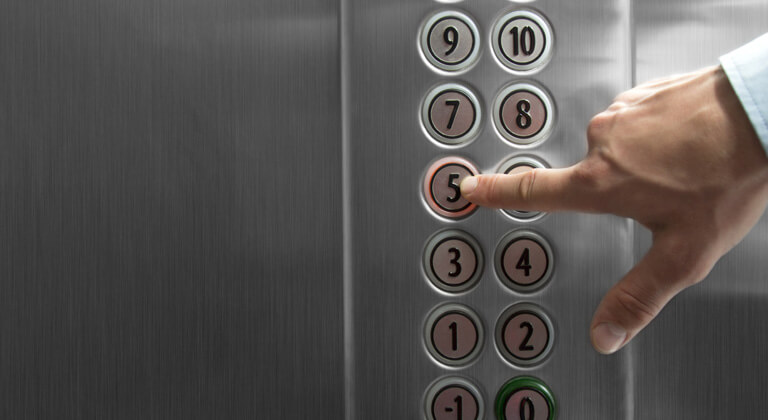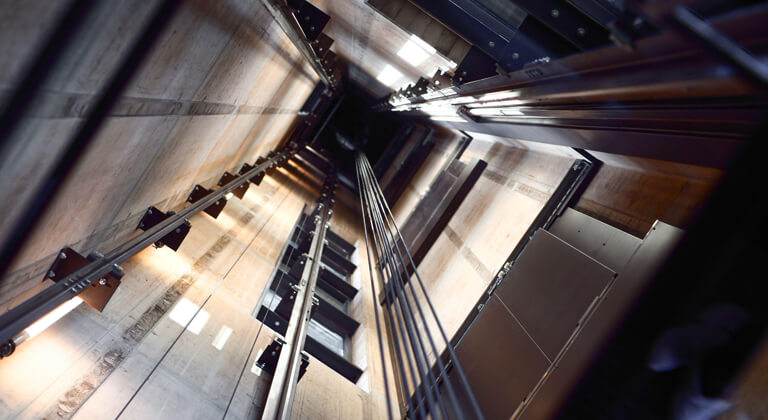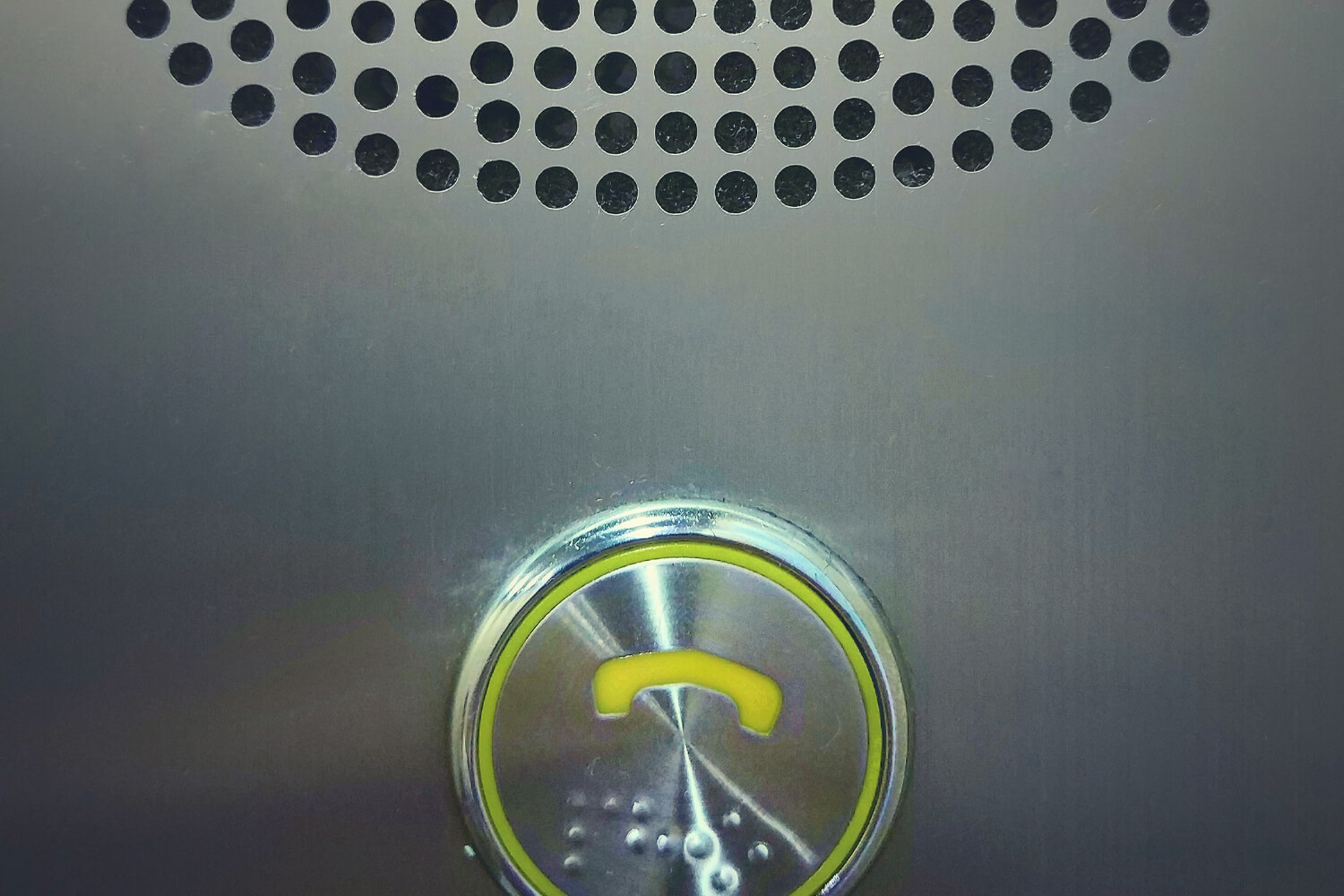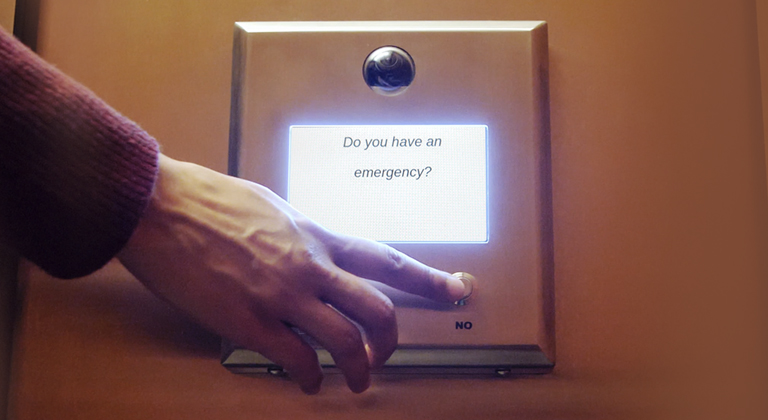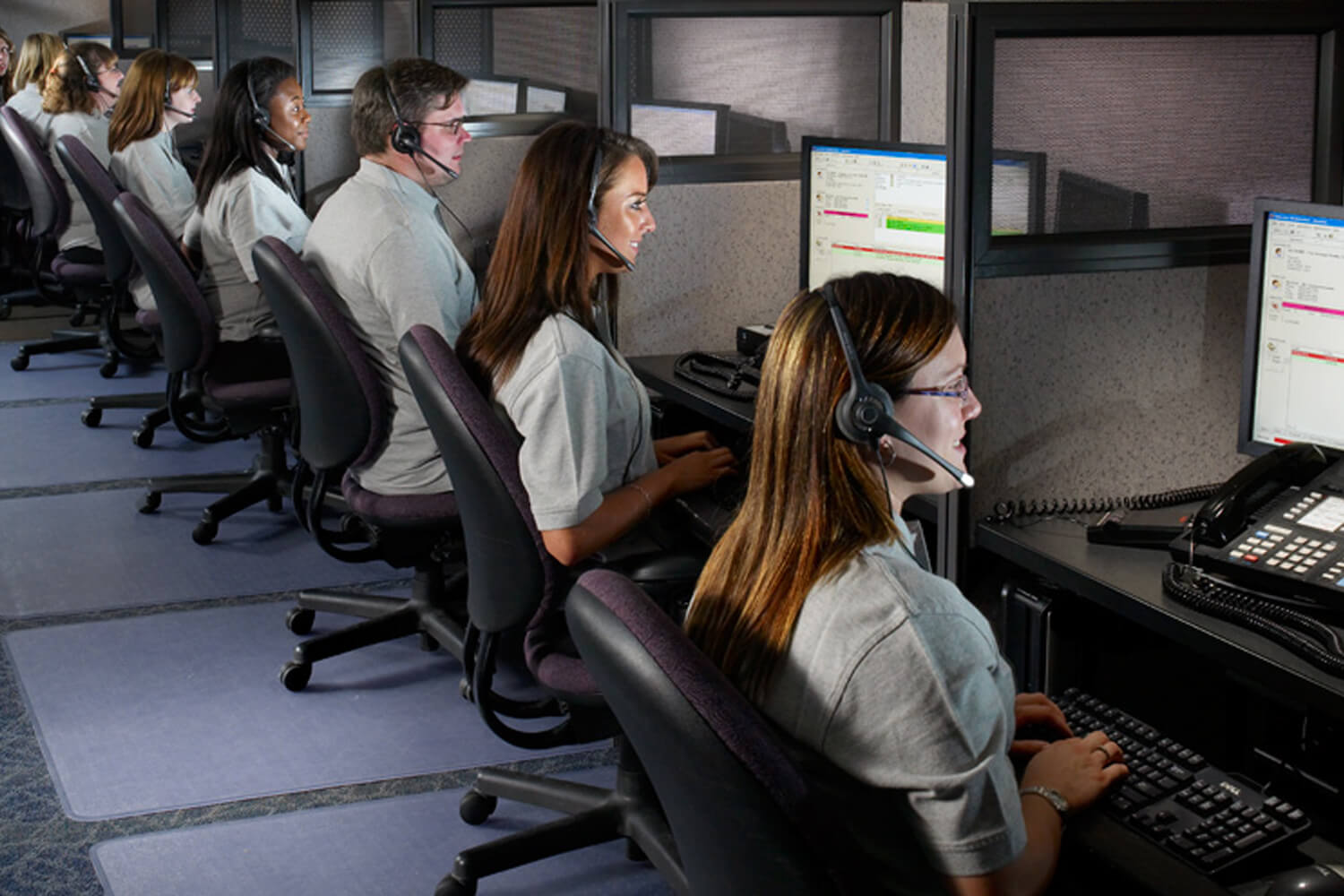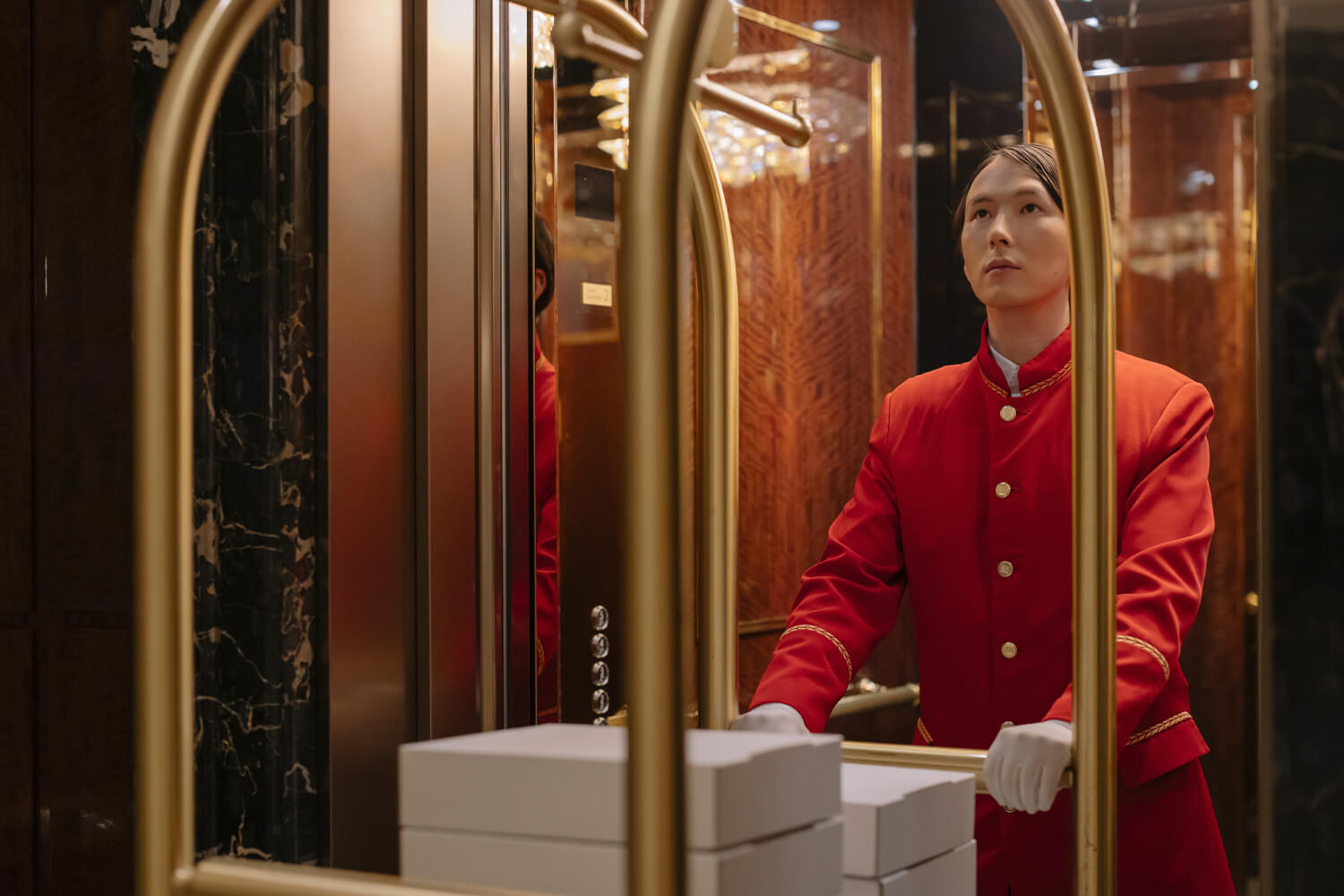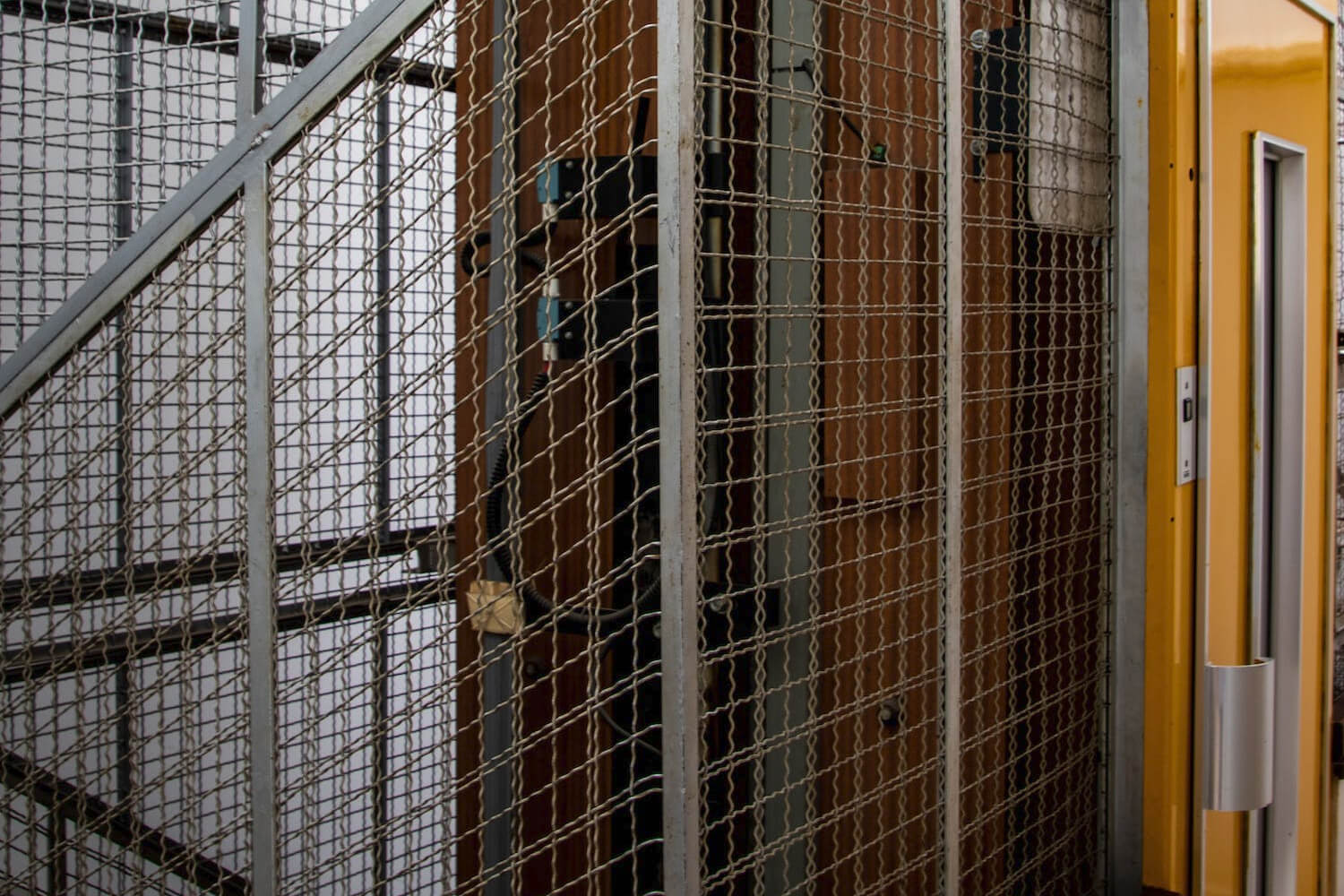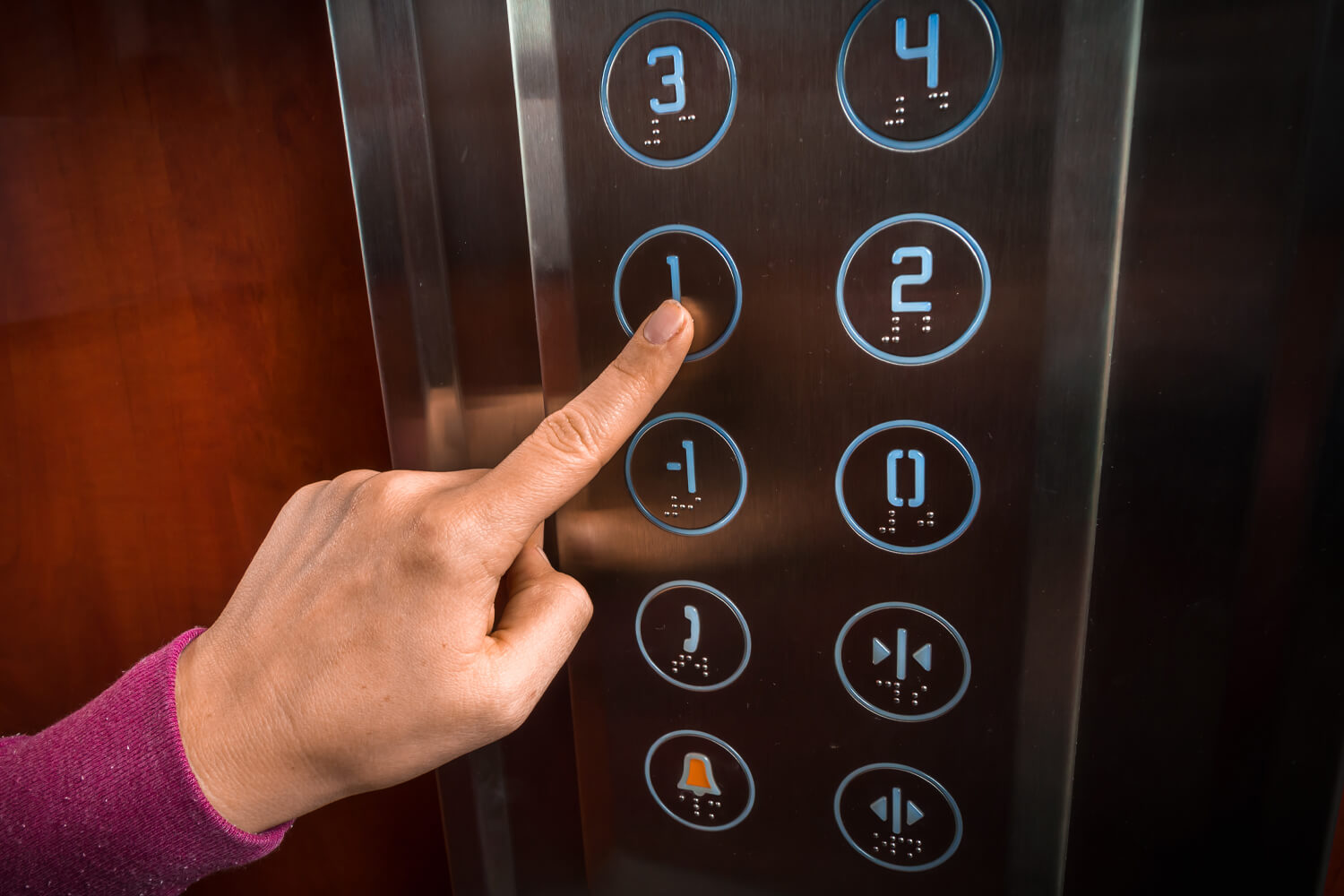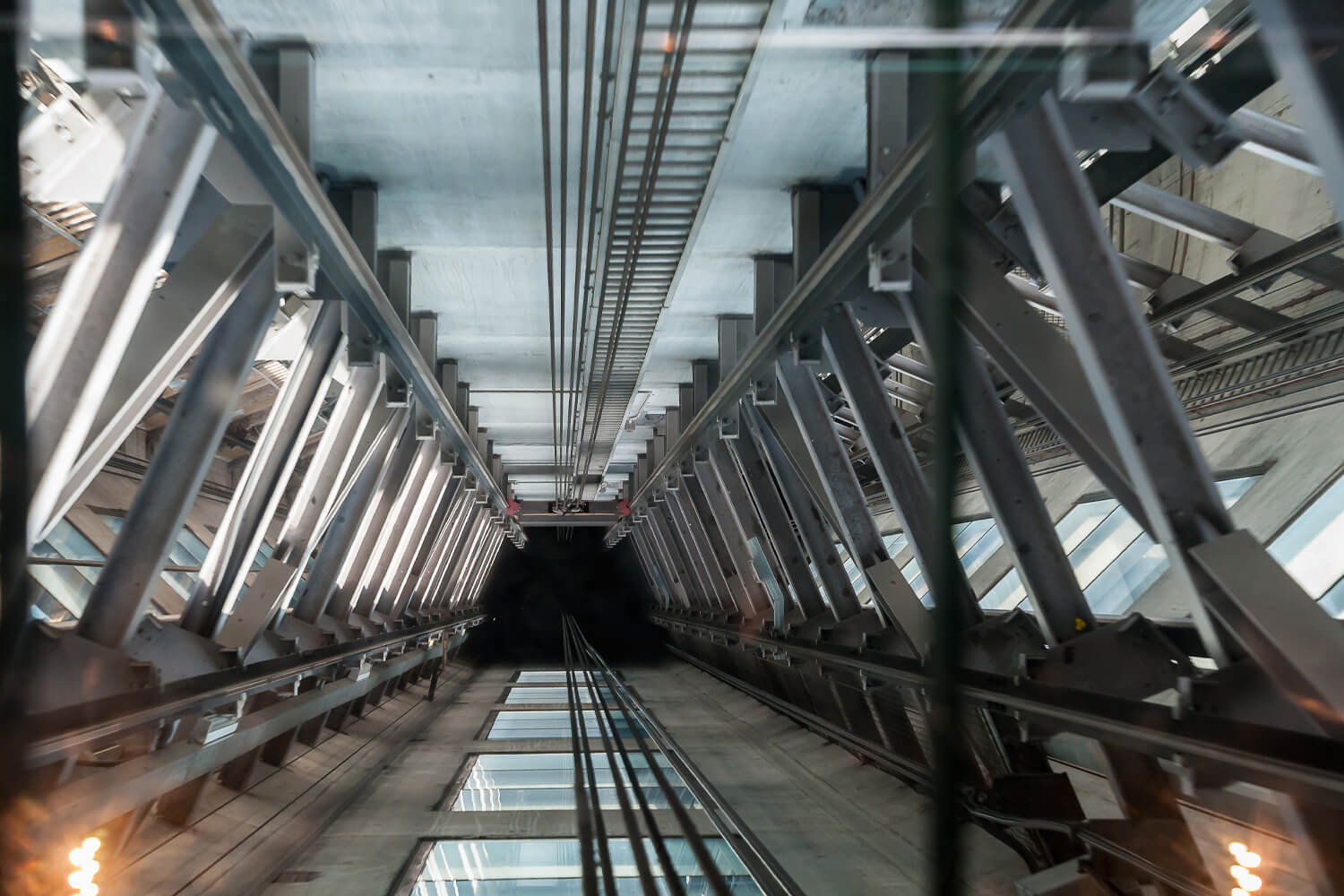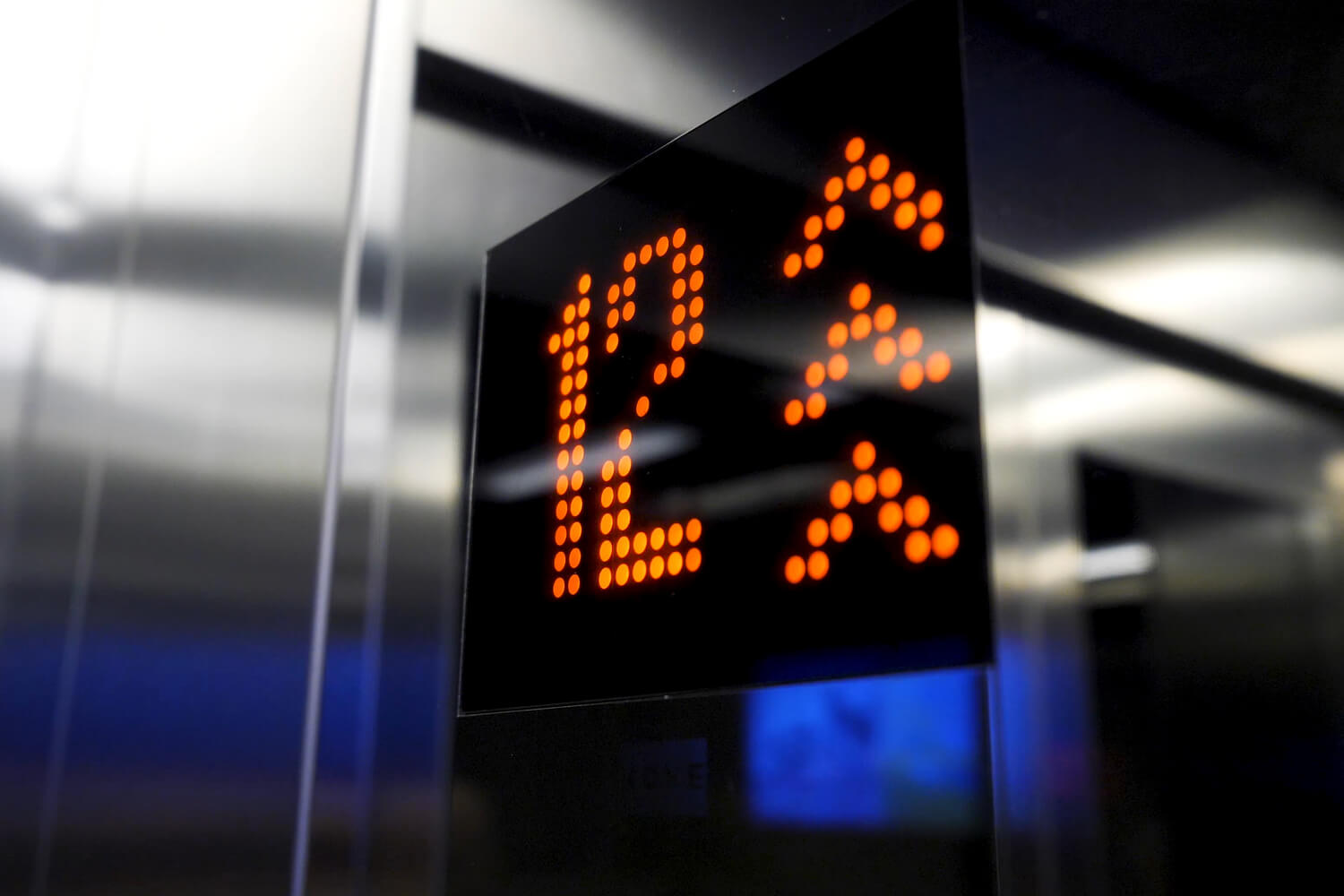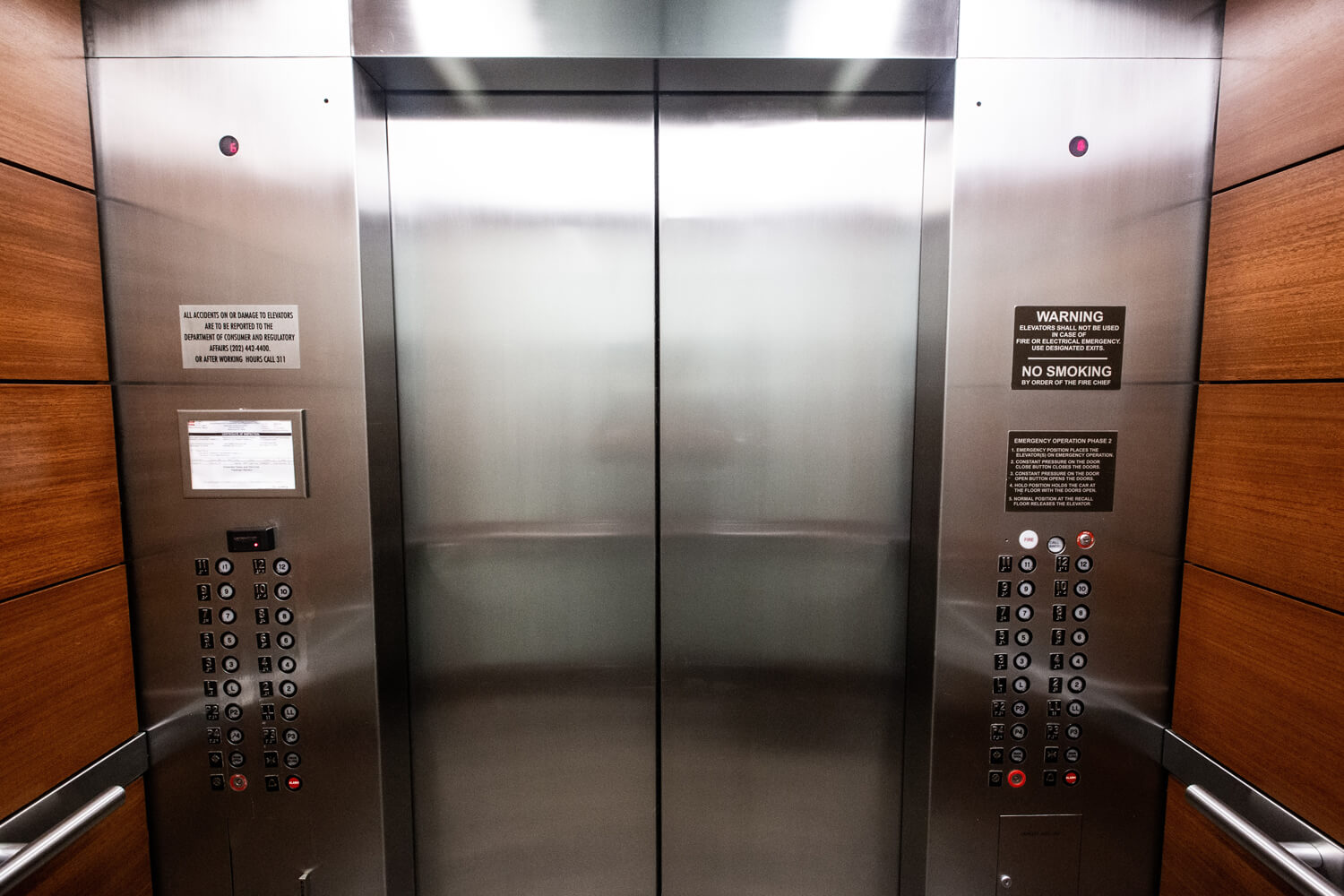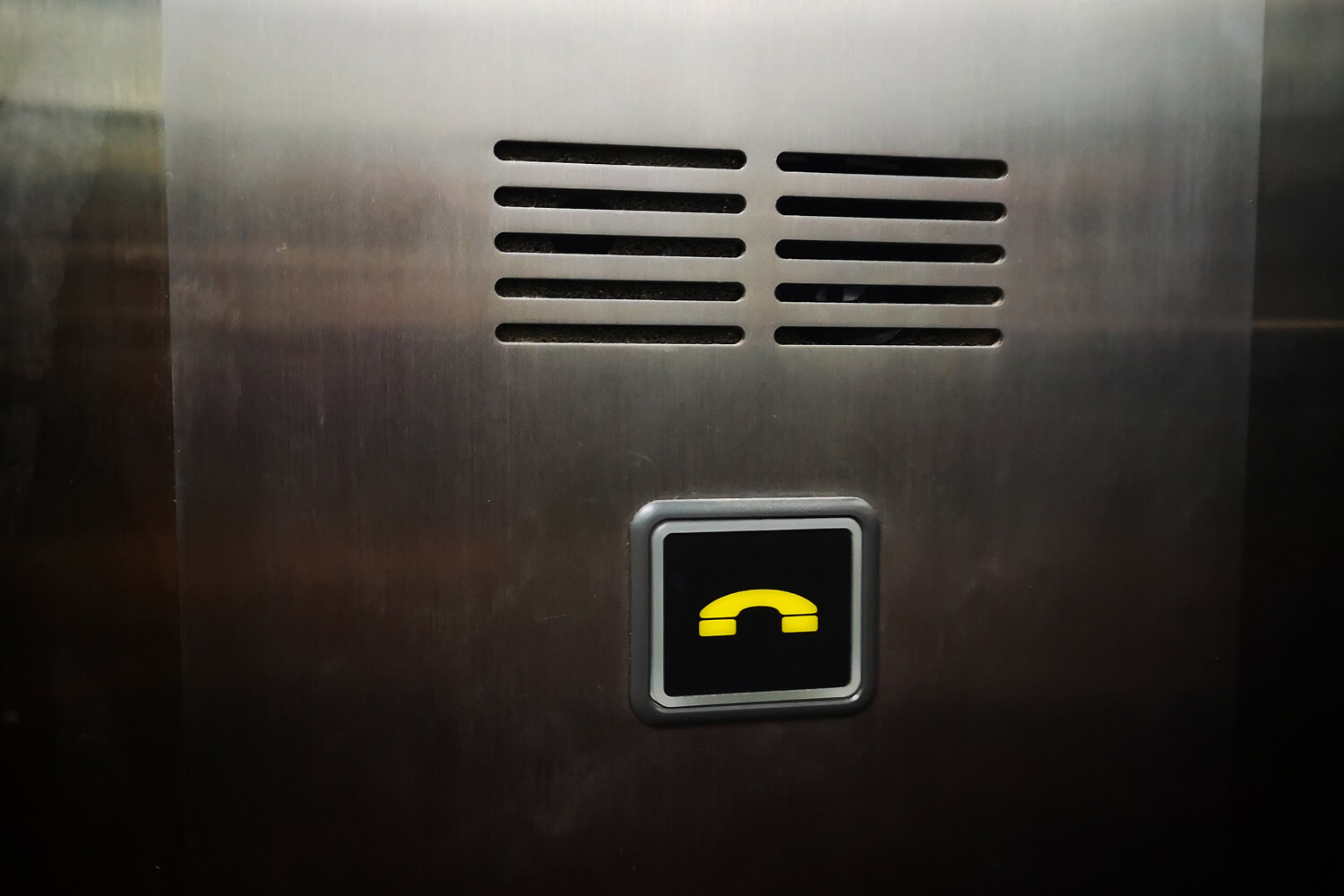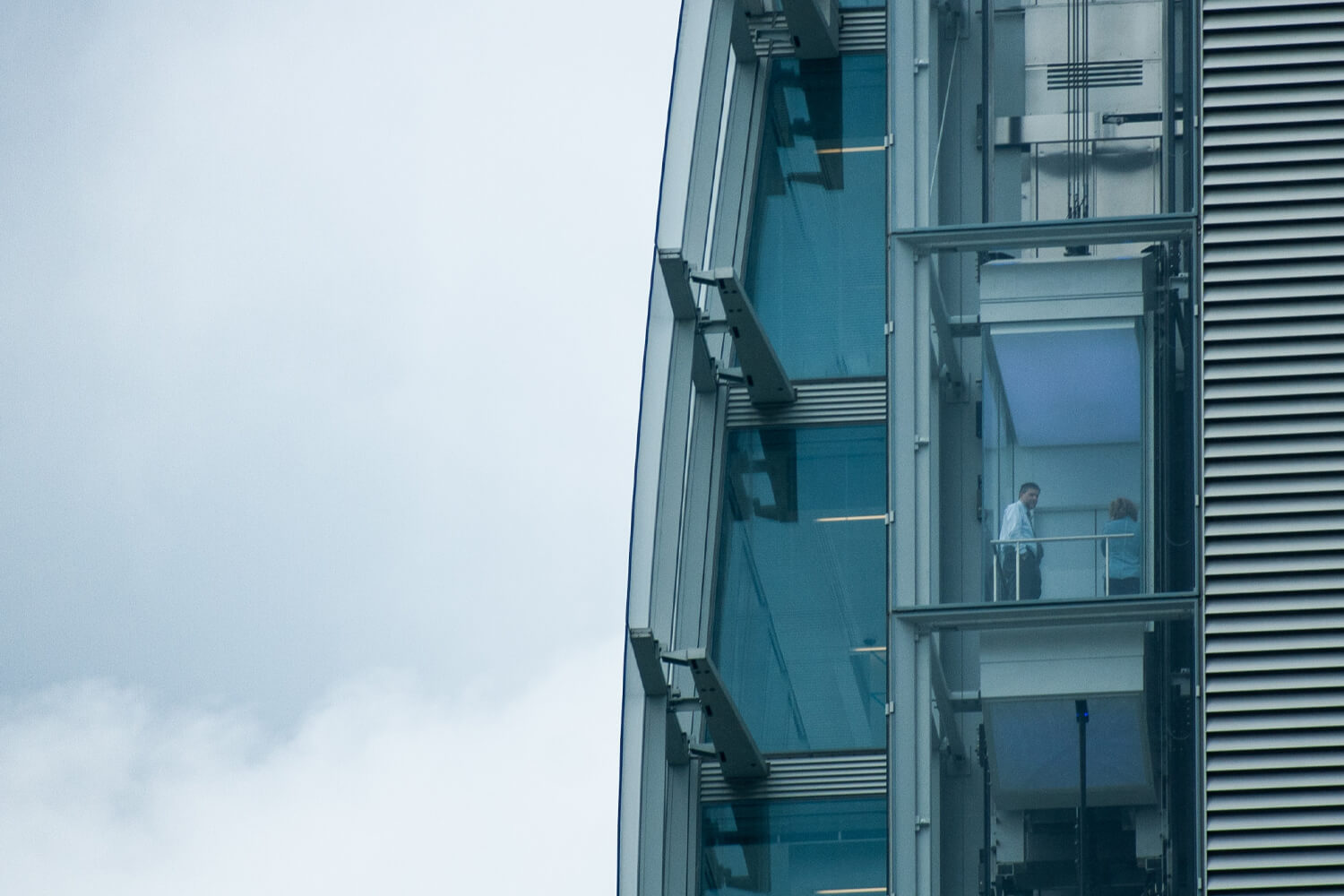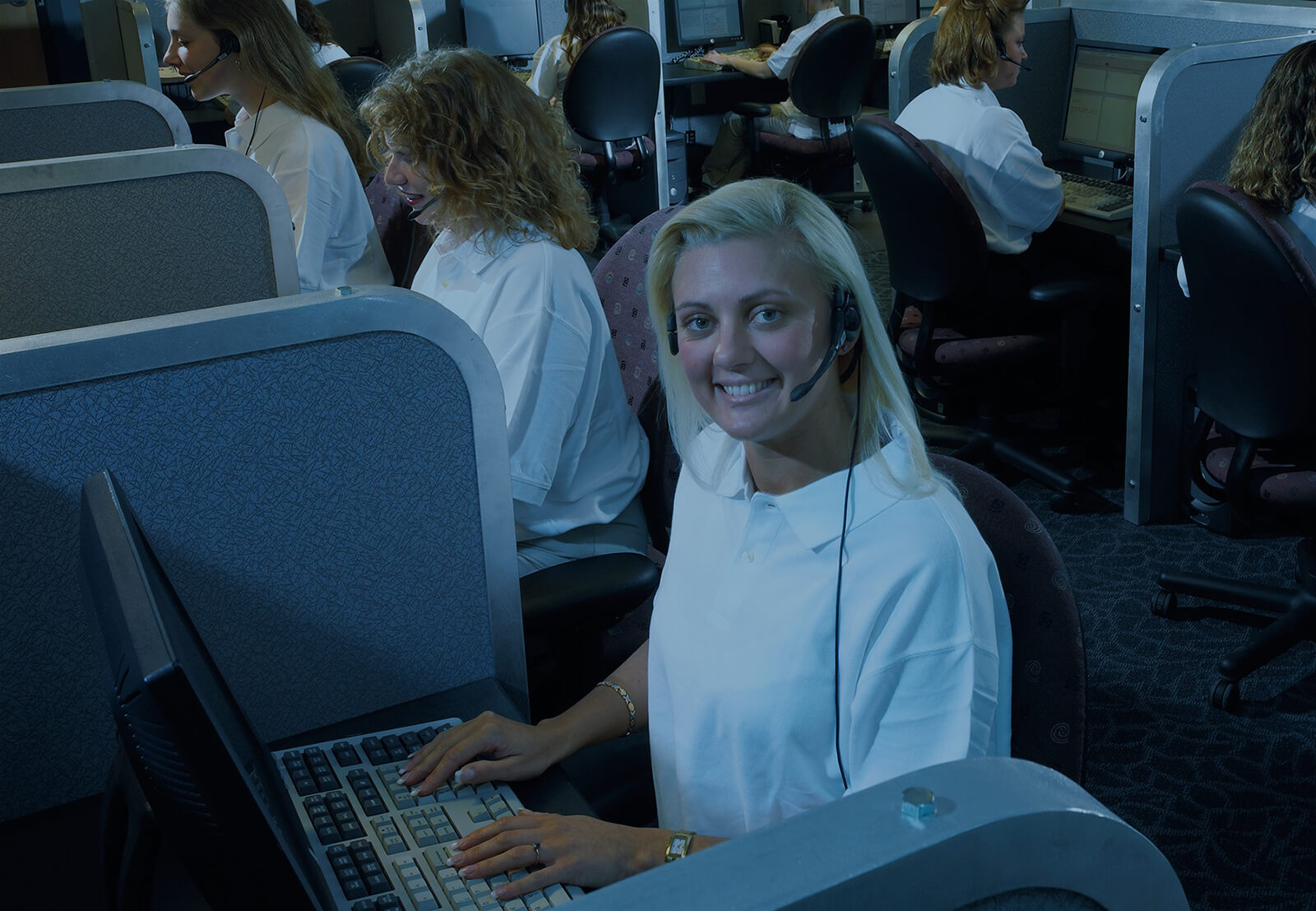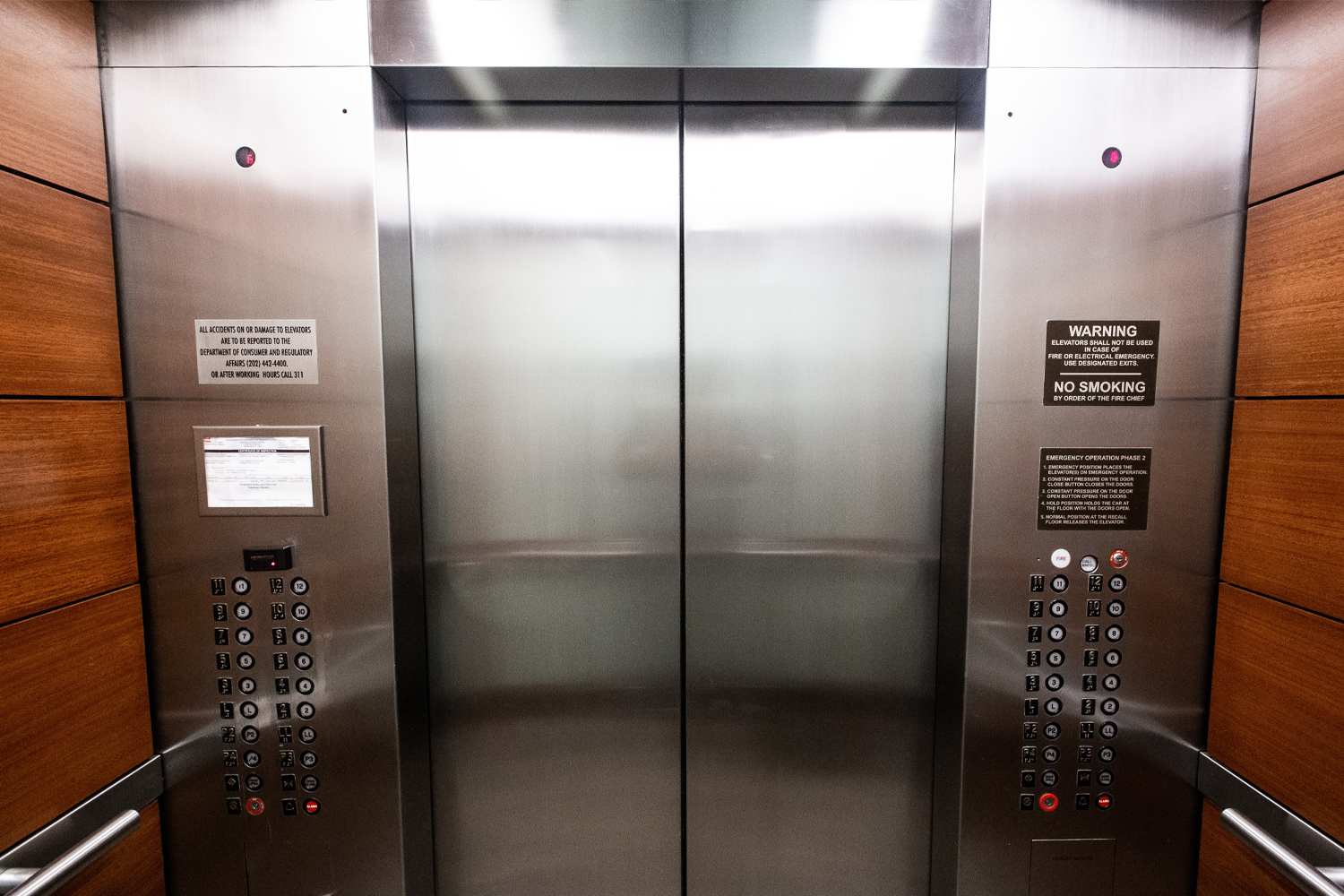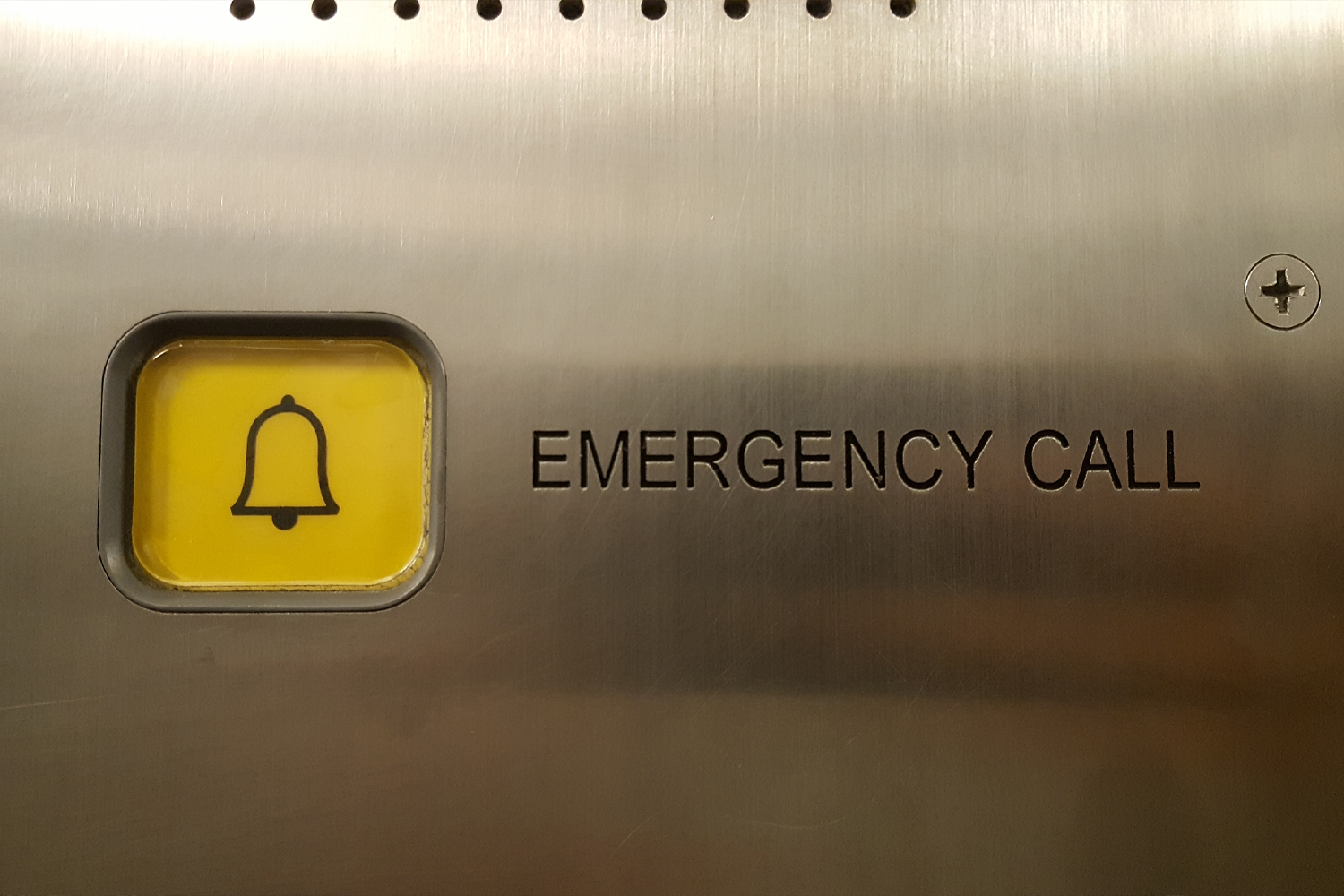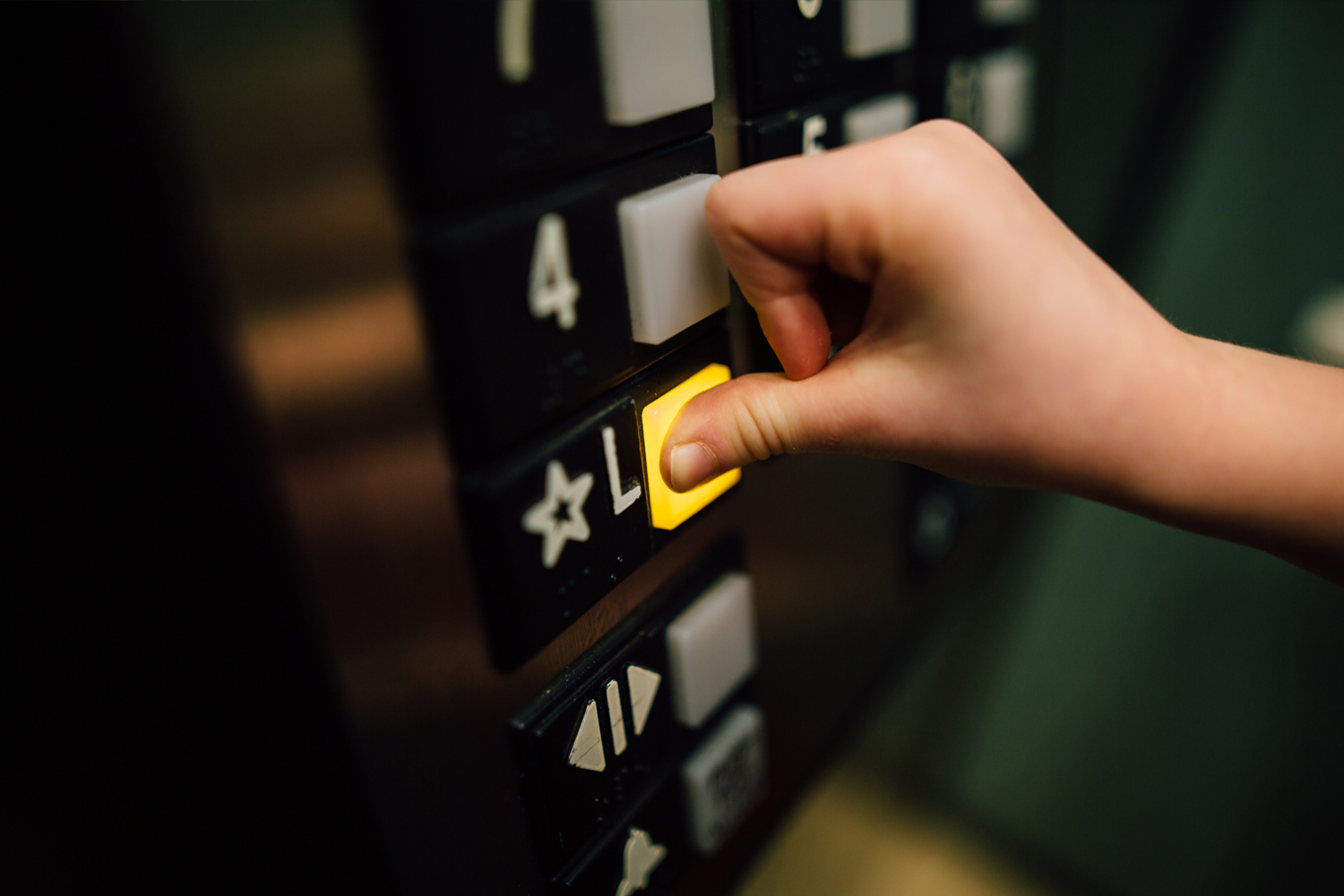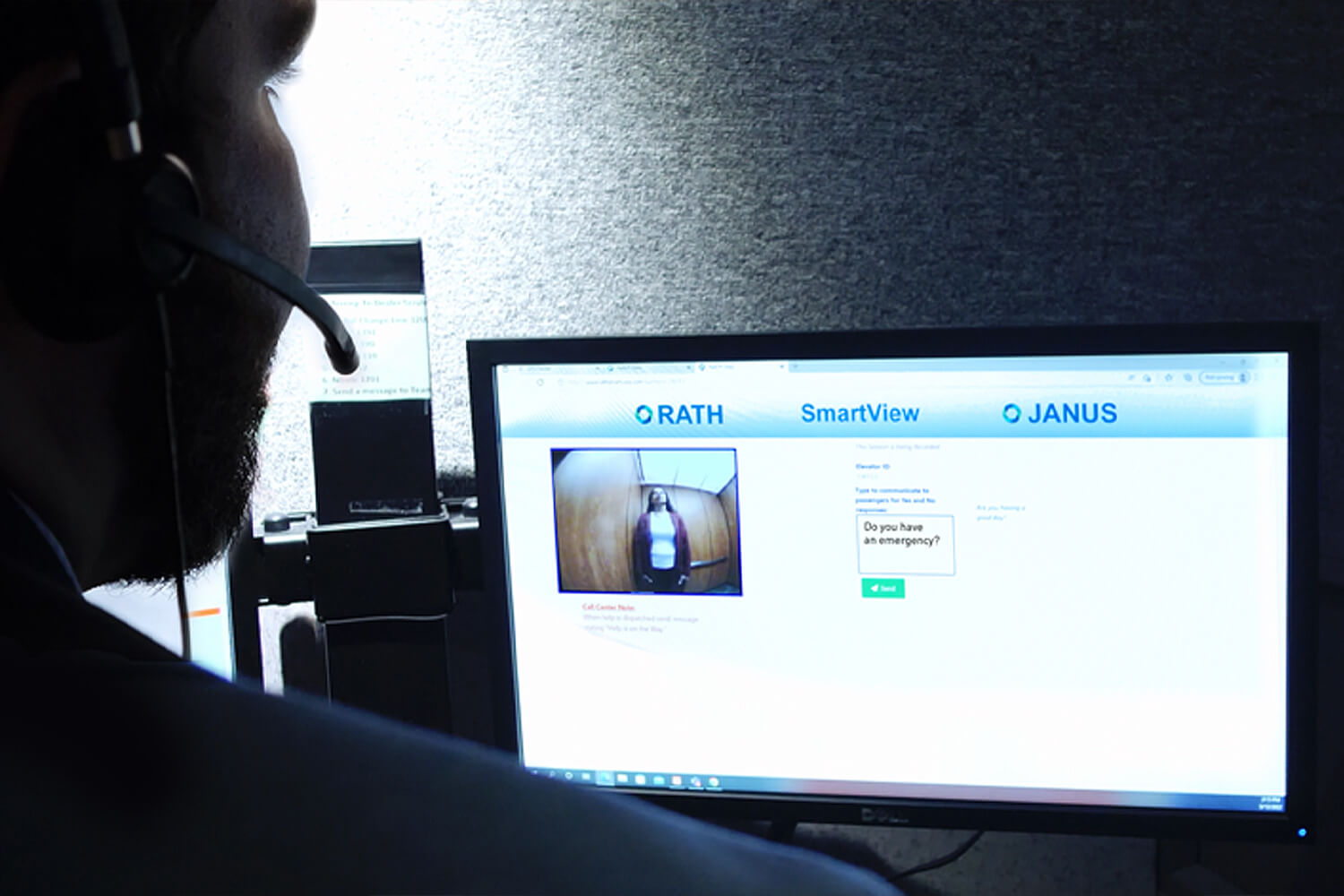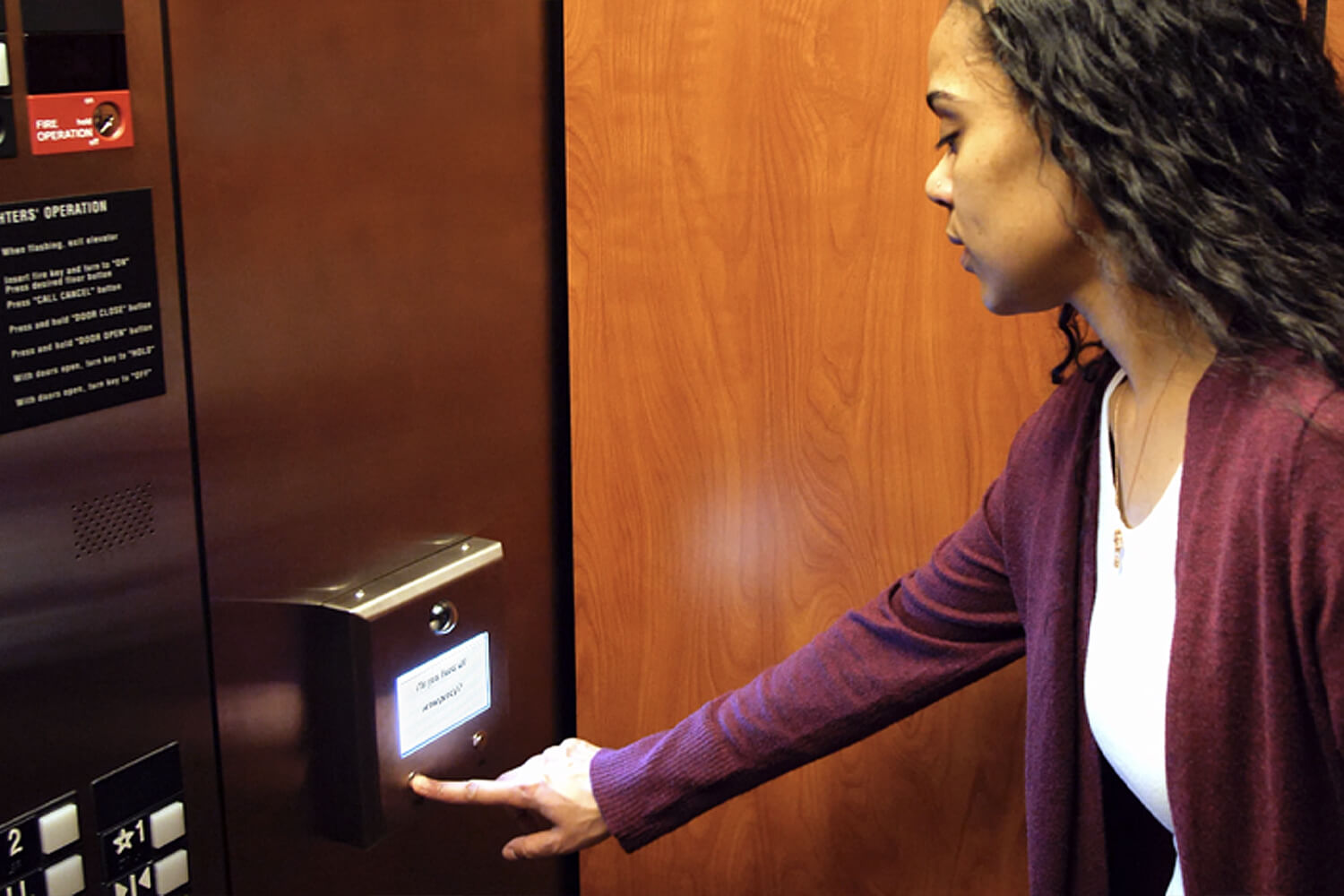As elevator technology evolves, elevator safety measures do, too.
In 1900, the first high-speed elevators were installed in U.S. buildings. Since then, elevator video monitoring has become the standard. Meeting standards in the new elevator code is essential to the safety of your building’s occupants.
What Is Elevator Monitoring?
Elevator monitoring is a safety and surveillance measure for elevators. It is the process of installing technology like emergency buttons, touch screens, phones, and cameras in elevators. This elevator technology helps prevent disasters by detecting defective parts and notifying when it’s time for elevator maintenance.
Elevator monitoring also provides access to immediate assistance for passengers in emergencies. When a passenger presses the emergency button, it should connect them with a live operator instantly.
With elevator video monitoring, this operator will also have access to visual, real-time footage of the elevator. The advancement of elevator monitoring technology has prompted changes in elevator safety codes, building regulations, and expectations for vertical transportation.
The Evolution of Elevator Regulations
The first elevator regulations appeared between 1911 and 1914 when elevators were still a new technology. These codes were local-based and had little consistency.
In 1918, the American Society of Mechanical Engineers (ASME) Committee on Protection of Industrial Workers designed official regulations to amend this problem. Early regulations focused on elevator design, structure, and capacity. Then, in 1945, ASME added requirements for an emergency stop button and telephone to the elevator code following an elevator operator strike.
Today, there is also a focus on security and monitoring. The need for effective emergency communication became more apparent over the years, resulting in technological advancements like two-way elevator video monitoring systems. One of the most significant changes in elevator code in recent years came with ASME elevator code 17.1 standards.
ASME now requires all elevators to have visual communication systems. This gives passengers with hearing difficulties and other disabilities access to emergency services.
Similarly, the International Building Code (IBC) 2021 states that all elevator emergency systems must offer text and video communication at all times the elevator is in operation. Your regulatory compliance with these standards gives passengers the ability to get help promptly in emergencies.
Evolving Technology Making Elevators Safer for All
Evolving technology influences the elevator code. With more access to safety technology like video monitoring and touch-screen communication systems, elevators become safer for everyone.
Passengers have the right to feel safe on elevators regardless of their ability. Complying with these new safety standards benefits everyone. Passengers feel safer as they ride the elevators in your building, and you can rest assured that there are safety measures in place to help them in emergencies.
Prioritize Safety and Service With ELEVATE Monitoring
Are the elevators in your building up to code? Are they meeting the newest safety regulations?
Now that you’ve brushed up on your elevator code knowledge, contact ELEVATE Monitoring to learn how you can enhance your elevator’s monitoring systems. We value safety and high-quality service above all. Call 877-990-9191 today to learn more.

